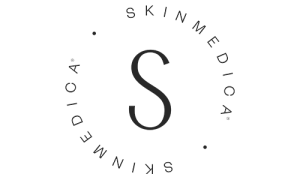
Chemical Peels
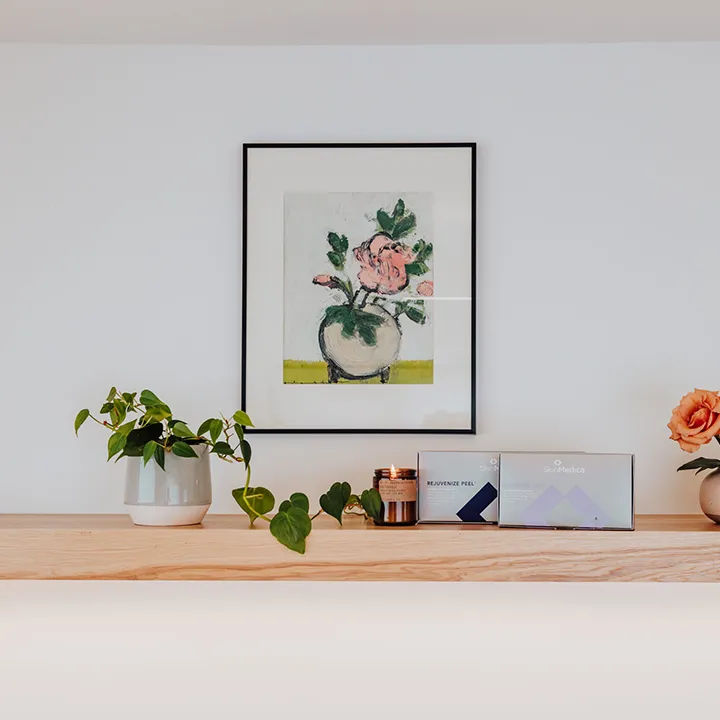
Chemical Peels
Reveal Radiant Skin with Chemical Peels
Chemical peels are a standard resurfacing procedure with the advantages of affordability, efficiency, and therapeutic flexibility. They are designed to induce controlled epidermal damage, stimulating the body’s natural wound-healing process. Utilizing catalysts like alpha hydroxy acids, glycolic, phytic, lactic, and salicylic acids, chemical peels accelerate cellular turnover and boost collagen production for brighter, tighter, clearer skin.
BOOK NOW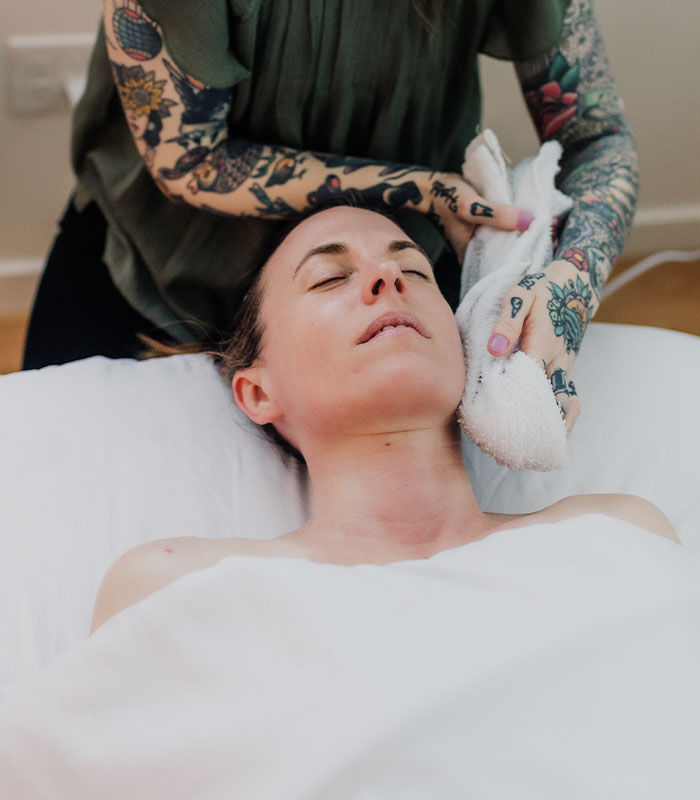
Optimizing Peel Performance
To get the most out of your peel, it’s essential to care for your skin properly. Pre-treatment skincare, including the use of gentle washes and sun protection, can help optimize results. Avoiding retinoids or harsh products beforehand can also reduce sensitivity. After your peel, maintaining skin hydration, using broad-spectrum sunscreen daily, and avoiding picking are essential for a smooth healing process and optimal outcome. A series of peels, paired with the right at-home regimen, delivers the most noticeable and long-lasting results.
Types of Chemical Peels
Chemical peels are classified by depth. Superficial peels treat the outer layer of skin, the epidermis, to brighten, smooth texture, calm acne, and reduce discolorations with minimal downtime. Medium peels reach the upper dermis to target wrinkles, scars, and pigmentation, but aren’t suitable for all skin types. Deep peels penetrate the lower dermis to correct severe wrinkles and sun damage, although they require significant downtime and carry higher risks.
At Aluma, we offer SkinMedica superficial peels—from the makers of Botox—for safe, effective, radiant results without the risks of deeper peels
At Aluma, we offer SkinMedica superficial peels—from the makers of Botox—for safe, effective, radiant results without the risks of deeper peels
Illuminize Peel
Known as the “Red Carpet Peel” in the industry, this illuminating treatment utilizes next-generation AHA acids (mandelic and malic) combined with phytic acid, salicylic acid, and resorcinol to improve color, clarity, and texture with minimal to no downtime. This is an excellent pre-event treatment.
Vitalize Peel
This popular peel decreases the appearance of pore size, hyperpigmentation, and fine lines. It is also great for those suffering from acne. Key ingredients like salicylic acid, resorcinol, retinol, panthenol, and lactic acid provide radiant skin that is noticeable after just one treatment.
Rejuvenize Peel
SkinMedica’s deepest peel, perfect for Vitalize Peel tolerants. Combining Salicylic Acid, Lactic Acid, Resorcinol, Panthenol, and Isoceteth-20 at over 15% strength, it corrects moderate to severe skin issues, including photodamage, wrinkles, texture, and hyperpigmentation.
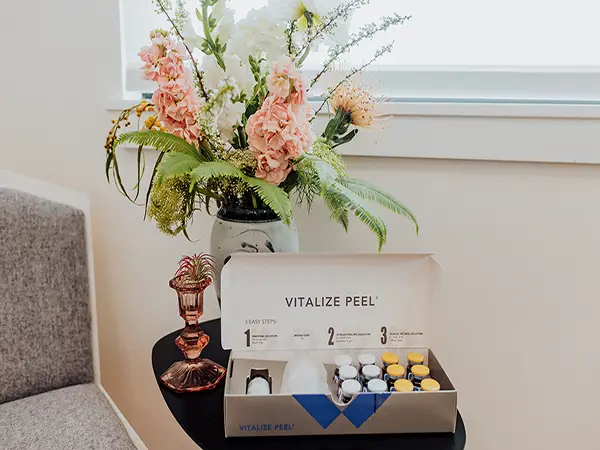
FAQ: Chemical Peels
What type of chemical peel is best for my skin?
We use SkinMedica peels, which come in three levels of intensity—light, medium, and advanced. All Skinmedica peels are all considered superficial peels, meaning they safely treat the outer layer of skin (the epidermis) without reaching the deeper dermis. Light superficial peels refresh dull skin and boost radiance, medium superficial peels target pigmentation, acne, and fine lines, and advanced superficial peels provide more noticeable correction. During your consultation, we’ll recommend the best option for your skin type and goals.
What is the downtime for a chemical peel?
All the Skinmedica Peels have minimal downtime. The degree of peeling varies depending on the individual’s skin type and the type of peel. Peeling ranges from very mild flaking to peeling in sheets for 2-5 days. Regardless of the amount of peeling, the skin is still sloughing off at an accelerated rate, which will result in overall skin texture improvement and brightness.
How many chemical peels will I need to see results?
You’ll often notice improvement after one treatment, but most skin concerns—like discoloration, acne, or fine lines—respond best to a series of peels. Many patients do a package of three peels spaced a month apart, then maintain results with seasonal or annual touch-ups.
Are chemical peels painful?
Tolerance to the procedure varies. With deeper peels, tingling and mild burning sensations are normal and expected. A handheld fan can reduce any discomfort during the treatment, which usually subsides in a few minutes.
Are chemical peels safe for my skin type or tone?
Yes—when chosen carefully. Our Skinmedica peel options are safe for all skin tones, including sensitive and darker skin types.
FAQ: Chemical Peel Aftercare
Can I wash my face the same day?
It’s best to wait until the next morning to cleanse your skin. Use a gentle, non-active cleanser and lukewarm water—no scrubs or exfoliants
What if I don’t peel? Did the treatment work?
Yes, peeling is just one sign of exfoliation. Even if you don’t visibly peel, your skin is still renewing at a deeper level with an increase in cellular turnover.
How often should I get chemical peels?
For optimal results, chemical peels are usually done in a series every 4–6 weeks. After completing the series, most patients transition to maintenance peels every 3 months—or as needed—to keep their skin looking its best.
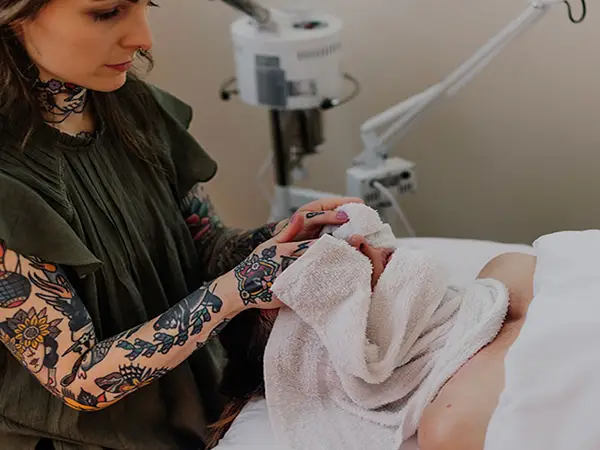
Learn More About Our Practice & Treatments
We’re proud to provide exceptional treatments for Dysport and Botox in Portland, Oregon. Aluma is different from your average med spa. Learn about our practice and how we approach treatments and patient care.
ABOUT US



